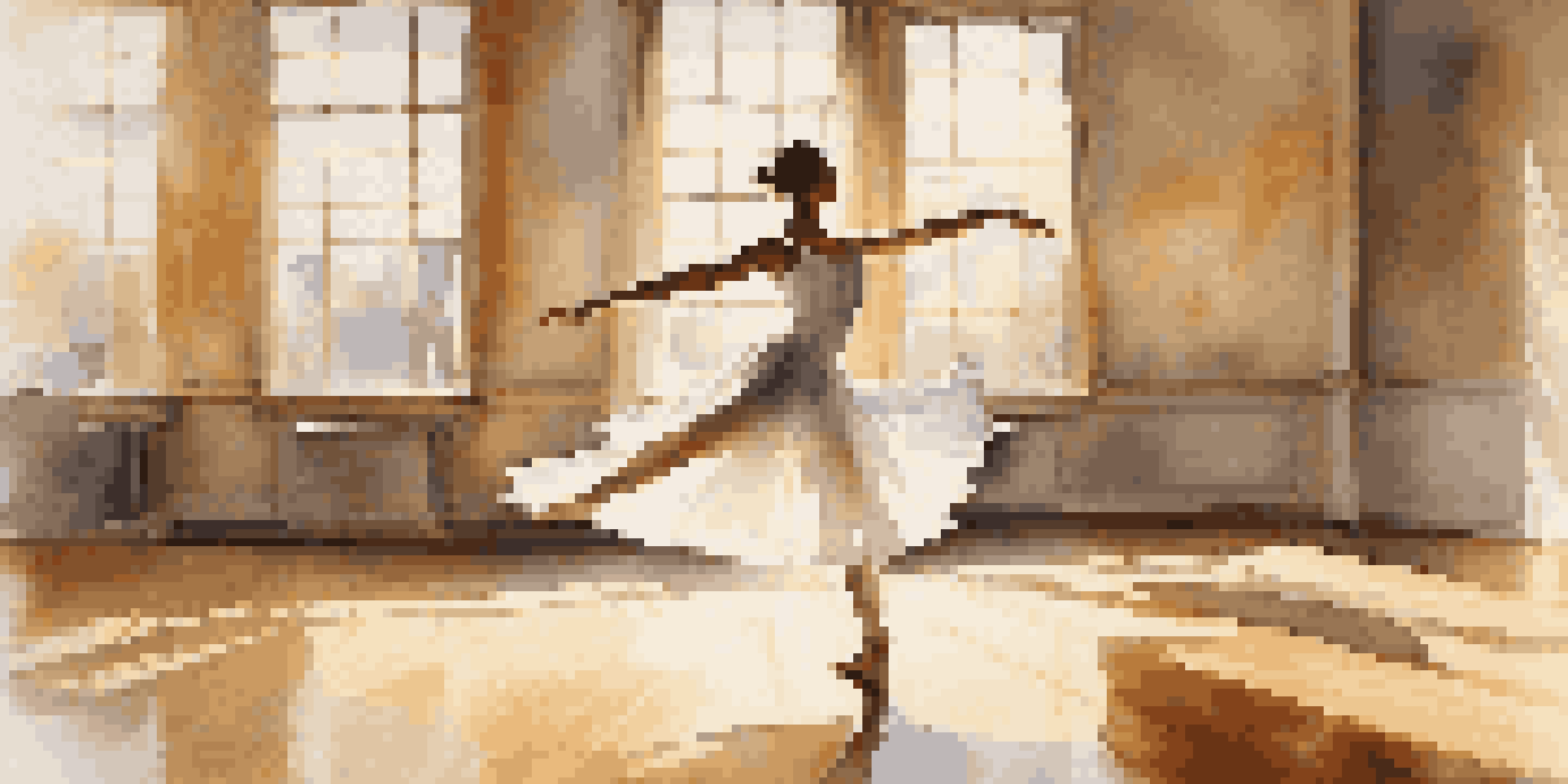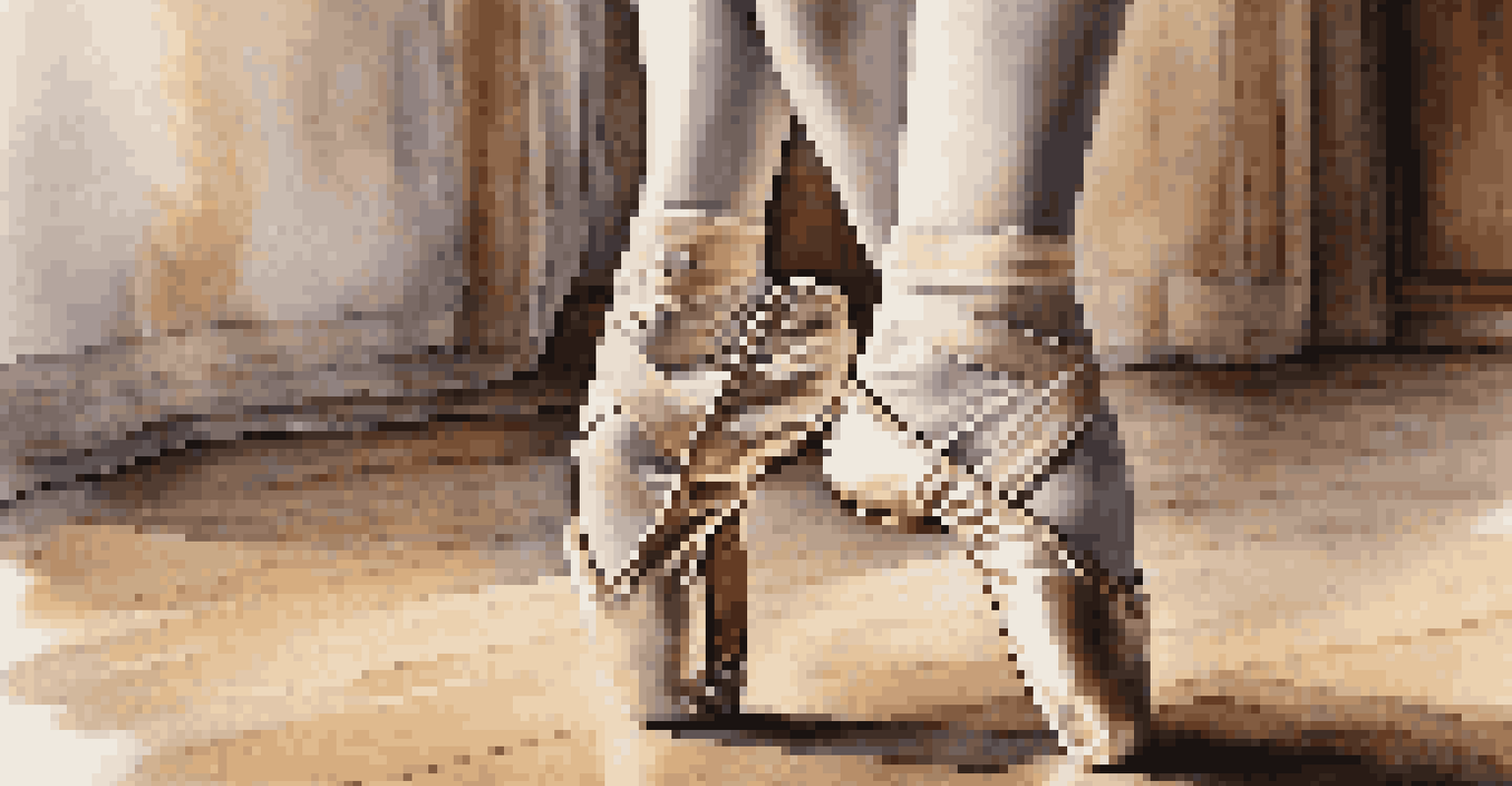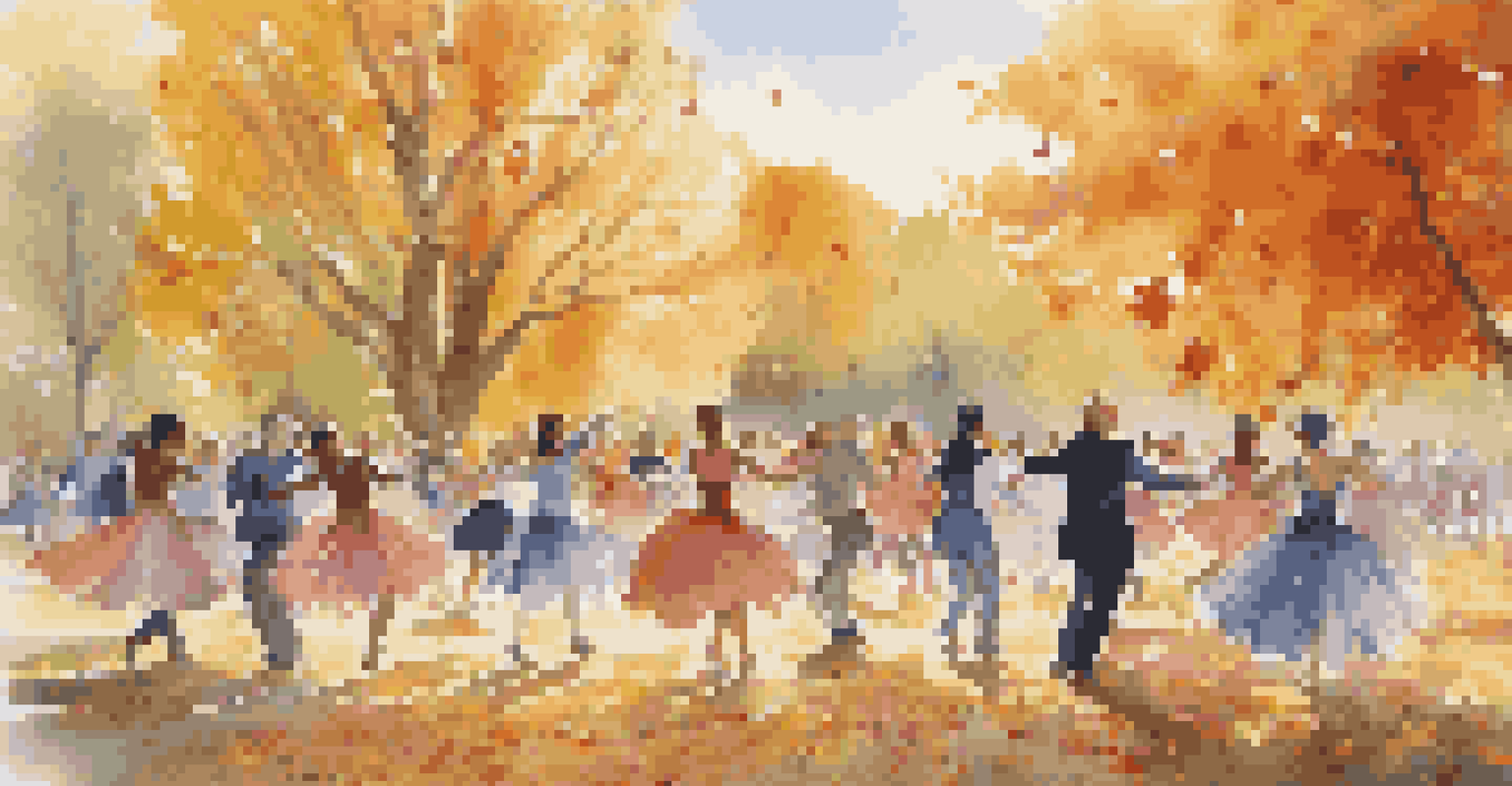The Role of Practice in Mastering Dance Techniques Efficiently

Understanding the Importance of Consistent Practice
Practice is the backbone of mastering any skill, including dance. It’s not just about repeating moves; it’s about making them second nature. Engaging in regular practice helps dancers develop muscle memory, which is crucial for executing techniques smoothly and effortlessly.
Practice does not make perfect. Only perfect practice makes perfect.
Imagine learning to ride a bike. The more you practice, the more confident you become, and soon it feels like second nature. Similarly, consistency in practice allows dancers to build confidence in their movements and performances.
Ultimately, consistent practice not only improves technique but also fosters a deeper connection with the art of dance, enhancing both performance quality and personal enjoyment.
Setting Realistic Goals for Effective Practice
Setting achievable goals is vital for efficient practice. These goals help dancers focus on specific techniques or styles they wish to improve. For instance, a dancer might aim to perfect a particular pirouette or enhance their flexibility over a certain timeframe.

By breaking down larger skills into smaller, manageable objectives, dancers can track their progress and celebrate small victories. This approach not only keeps motivation high but also makes the practice feel less overwhelming.
Consistent Practice Builds Skill
Regular practice develops muscle memory and confidence, making dance techniques feel effortless.
Moreover, realistic goals allow dancers to maintain a sense of direction and purpose in their practice sessions, making each effort feel meaningful.
Creating a Structured Practice Routine
A structured practice routine can significantly enhance the effectiveness of practice sessions. By developing a consistent schedule, dancers can allocate time to various techniques, warm-ups, and cooldowns. This structured approach ensures that no aspect of their training is neglected.
The only way to achieve the impossible is to believe it is possible.
Think of a routine like a recipe; each ingredient is vital for the final dish to be delicious. By following a well-thought-out structure, dancers can ensure they are addressing all facets of their skill development.
Additionally, having a routine helps to establish a rhythm, making practice a more enjoyable and less daunting task.
Incorporating Feedback for Continuous Improvement
Feedback plays a crucial role in mastering dance techniques. Whether it's self-assessment through video recordings or constructive criticism from a dance instructor, feedback can highlight areas for improvement. This insight allows dancers to adjust their practice strategies effectively.
Consider feedback as a compass; it guides you in the right direction. Without it, dancers might unknowingly cultivate bad habits that hinder their progress.
Set Realistic Goals for Success
Achievable goals help dancers focus and track progress, ensuring each practice session remains motivating.
By actively seeking and incorporating feedback, dancers can evolve their techniques and refine their artistry, making each practice session more productive.
The Role of Mindfulness in Dance Practice
Mindfulness in practice can elevate a dancer's performance to new heights. By being fully present during practice, dancers can better understand their body movements and emotional expressions. This awareness helps them connect more deeply with their choreography.
Imagine a painter being fully engrossed in their canvas; they notice every brushstroke and color blend. Similarly, when dancers practice mindfully, they become aware of the subtleties that can enhance their performance.
Incorporating mindfulness techniques, such as focused breathing or visualization, can transform practice into a holistic experience that nurtures both body and mind.
Embracing Challenges as Part of the Learning Process
Challenges are an inherent part of mastering dance techniques, and embracing them is essential for growth. Instead of shying away from difficult moves or styles, dancers should view these challenges as opportunities to learn and improve.
Think of challenges like stepping stones in a river; each one brings you closer to the other side. By overcoming these hurdles, dancers build resilience and confidence in their abilities.
Embrace Challenges for Growth
Viewing challenges as learning opportunities fosters resilience and enhances overall dance skills.
Moreover, facing challenges head-on can lead to breakthroughs that significantly enhance a dancer's skill set and artistic expression.
Celebrating Progress and Staying Motivated
Celebrating progress, no matter how small, is crucial for maintaining motivation in dance practice. Acknowledging improvements encourages dancers to keep pushing themselves and fosters a positive mindset. Whether it's mastering a new technique or feeling more confident in performances, recognition of progress fuels the passion for dance.
Consider it like planting a garden; each small bloom deserves celebration. Each step forward in dance practice should be viewed as a milestone worth acknowledging.

By keeping the focus on progress rather than perfection, dancers can sustain their enthusiasm and commitment to their craft.